Did you see the recent article about this man in Ohio who is seeking seemingly abandoned homes and filing court papers to make them his own property?
The case that’s been getting the most attention in the press is really a sad one. A family in Springdale, Ohio had been away from their house, which was going through foreclosure, to take care of a dying relative.
A Frightening Encounter
When they got home, they discovered that an individual named Robert Carr was laying claim to their home. He had moved out all of their belongings and changed the locks on all the doors. He was brandishing papers for a “quiet title” lawsuit, which he had filed. This family’s home wasn’t the only property this “squatter” was trying to get his hands on. WLWT in Cincinnati discovered that he had filed papers with the courts for about a dozen houses in the area.
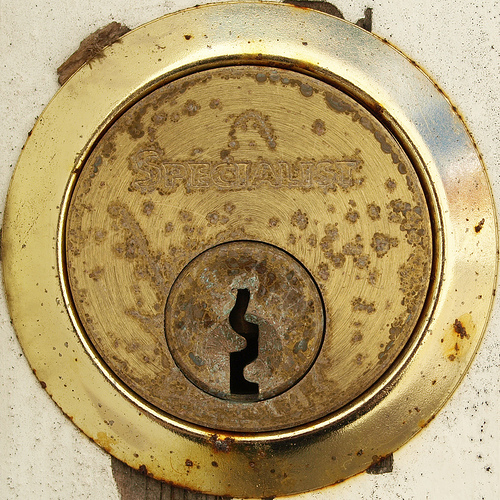 Image Credit: Flickr user Chrisinplymouth
Image Credit: Flickr user Chrisinplymouth
A crazy case like this one brings up a lot of home security issues, not the least of which are the locks on your doors and windows. We can help you out there. The other issues that arise from a situation like this have to do with your financial security, but that’s probably better left for another kind of professional.
Of course, your home doesn’t have to be in foreclosure, and you don’t have to be away for an extended period of time in order for the bad guys to eye up your property. By the way, Carr told the local reporters that he worked with informants who would watch homes for him to make sure people weren’t living in them. Criminals who monitor homes with the intent to burglarize them is something residents need to be watchful of no matter where they live.
Secure Doors and Windows
Top quality, high security locks are a major deterrent to break-ins. The bad guys don’t like to struggle with great home security systems that include well-designed and professionally installed locks. When confronted with good security, they tend to move on to their next target.
 Image Credit: Kevin Jaako
Image Credit: Kevin Jaako
If you have good locks protecting all the entrances to your home, you probably won’t find yourself in a situation like this Ohio family — being on the wrong side of the locked front door to your house and without a current key!
Before we close this out, we should give you a few more details about the legal wrangling this Carr character was up to. He had been busy filing these quiet title lawsuits. The original intention of a quiet title suit is to allow the courts to settle ownership issues when there are problems with deeds or competing interests for a property.
Don’t Gamble with Security
If there is an error on the paperwork involving a transfer or a deed, it might become unclear as to exactly who owns a property. A quiet title suit provides a way for this to be resolved. As an example, an owner may plan to sell her home and have a buyer making the arrangements, but she dies before the sale is complete. Her will states that the property goes to her son. The potential buyer and the son might resort to a quiet title lawsuit in order to settle the issue.
It’s our hope that you never find yourself in a legal mess like this. It’s also our hope that your home is as safe and secure as it can be. We can’t help with any title issues, but for the best locks, we’re here for you.

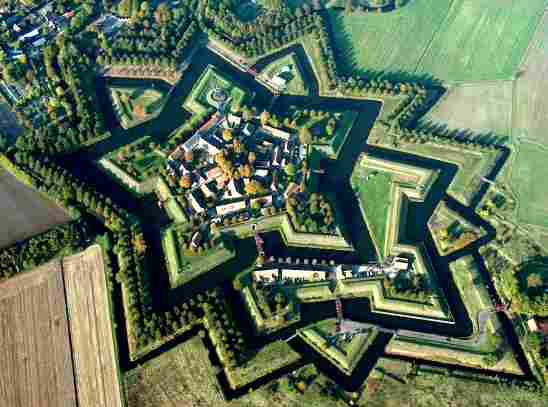
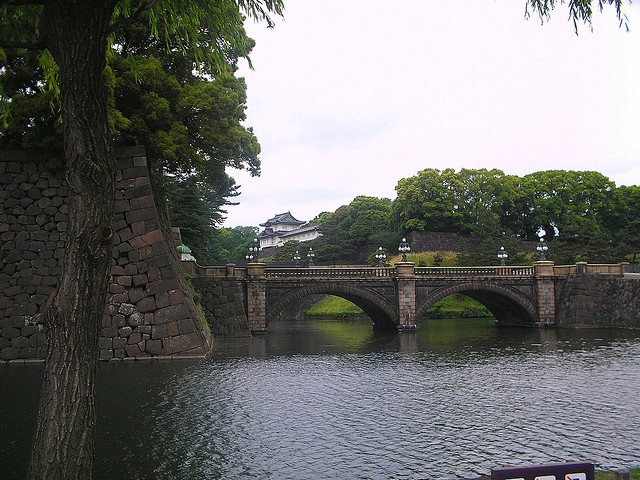
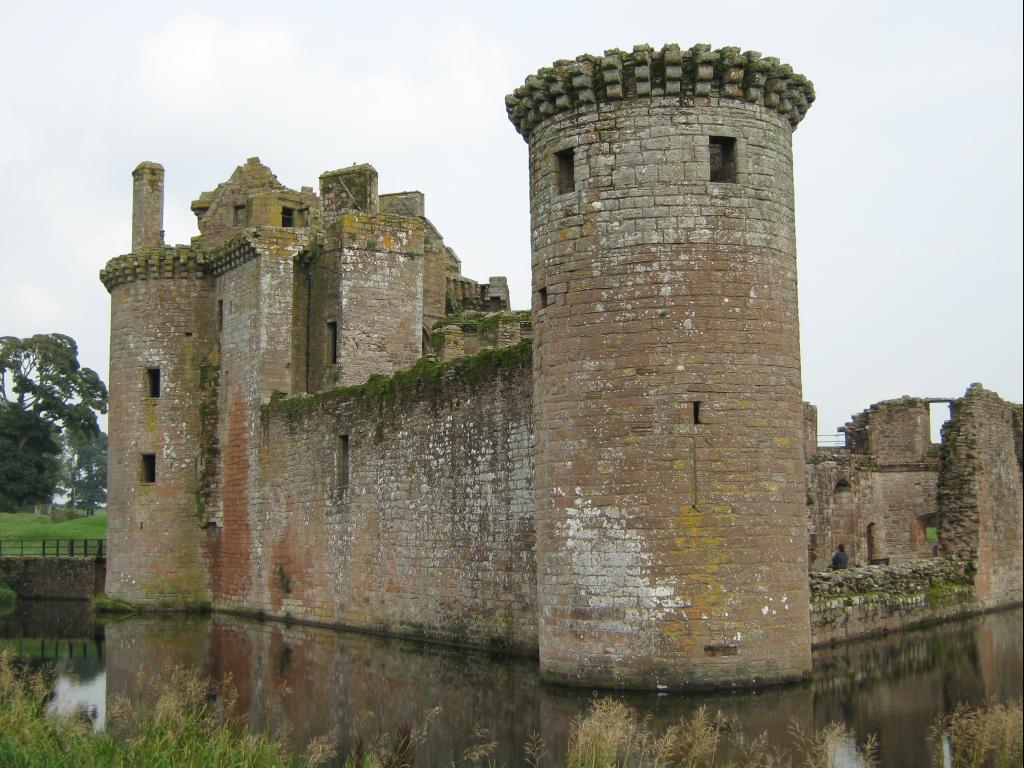
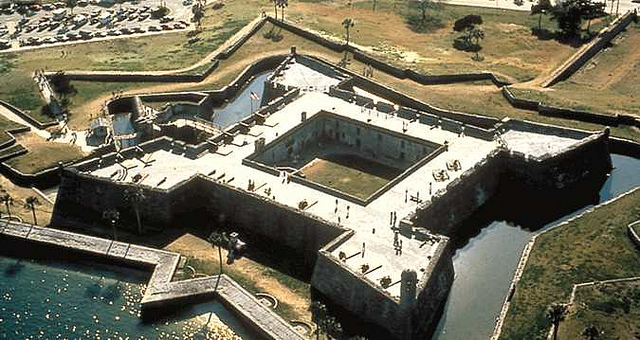








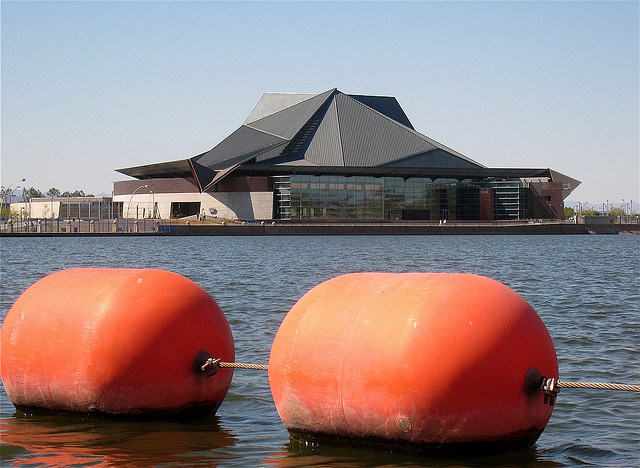








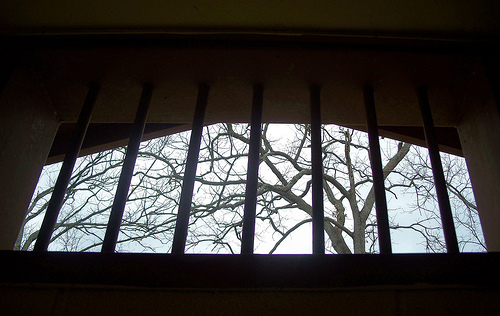



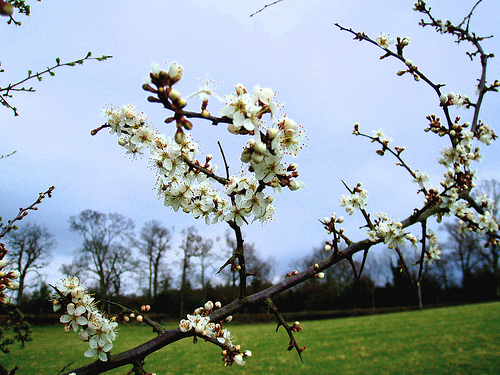
 Photo Credits:
Photo Credits: 
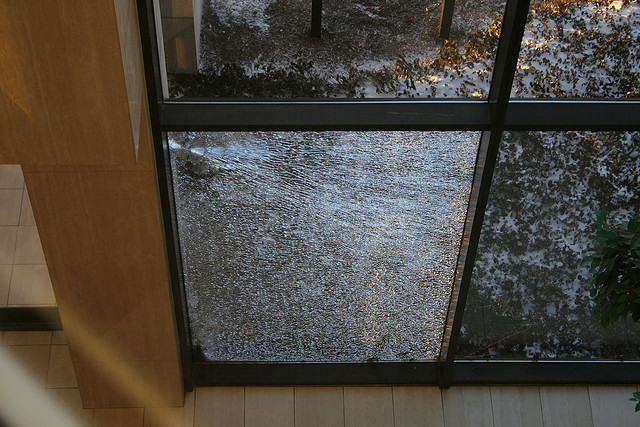







 Protecting a child from harm is one of the great concerns of every parent. Parents of young children make sure to know where the little ones are, who they’re with, and what they’re doing at every hour of the day. But what about at night? It’s easy to take it for granted that a child will stay put in his bed at night, but with the prevalence of sleepwalking (18% of the population, with incidents being more likely for children than adults), it may not be a safe assumption. If your child is prone to sleepwalking, his safety is at risk. Take a look at these tips for keeping your child safe even when he or she is sleepwalking.
Protecting a child from harm is one of the great concerns of every parent. Parents of young children make sure to know where the little ones are, who they’re with, and what they’re doing at every hour of the day. But what about at night? It’s easy to take it for granted that a child will stay put in his bed at night, but with the prevalence of sleepwalking (18% of the population, with incidents being more likely for children than adults), it may not be a safe assumption. If your child is prone to sleepwalking, his safety is at risk. Take a look at these tips for keeping your child safe even when he or she is sleepwalking. It is of vital importance that a child not leave the house at night while sleepwalking. Keep doors and windows locked. An older sleepwalker may be able to disengage a lock in his sleep, so a more complicated lock or a lock to which you can hide the key may be a better option. If your house has a security system, be sure to arm it at night so that you will be alerted if a door or window is opened.
It is of vital importance that a child not leave the house at night while sleepwalking. Keep doors and windows locked. An older sleepwalker may be able to disengage a lock in his sleep, so a more complicated lock or a lock to which you can hide the key may be a better option. If your house has a security system, be sure to arm it at night so that you will be alerted if a door or window is opened. We serve the entire Phoenix area, including
We serve the entire Phoenix area, including  We accept Cash, Checks and Major Credit Cards.
We accept Cash, Checks and Major Credit Cards.